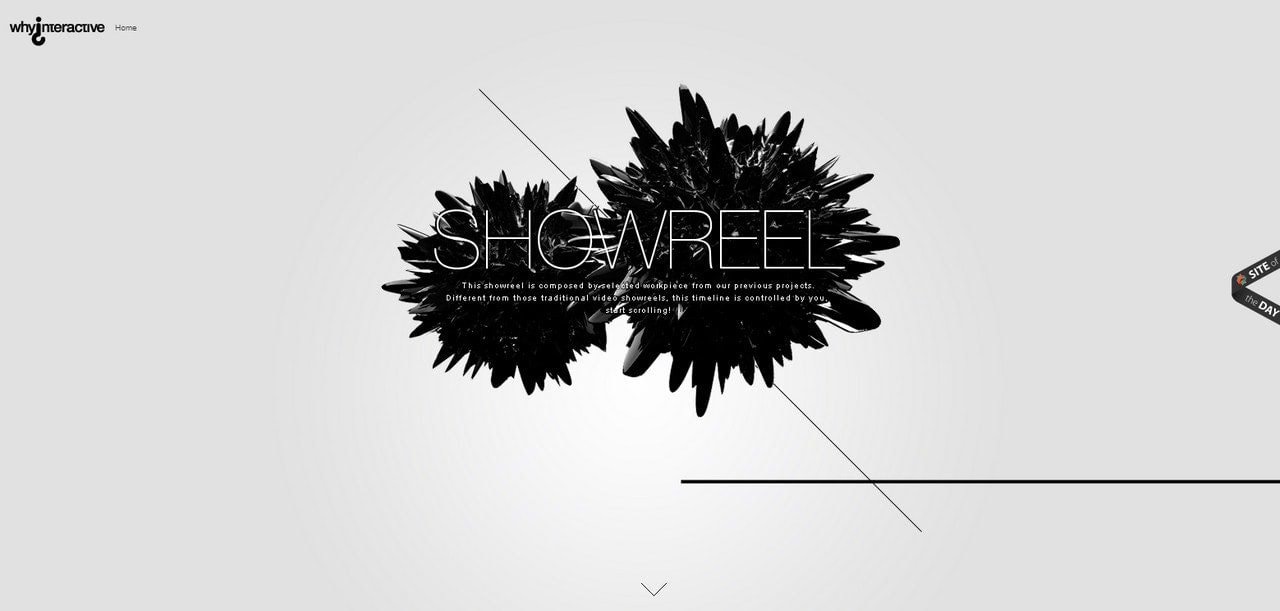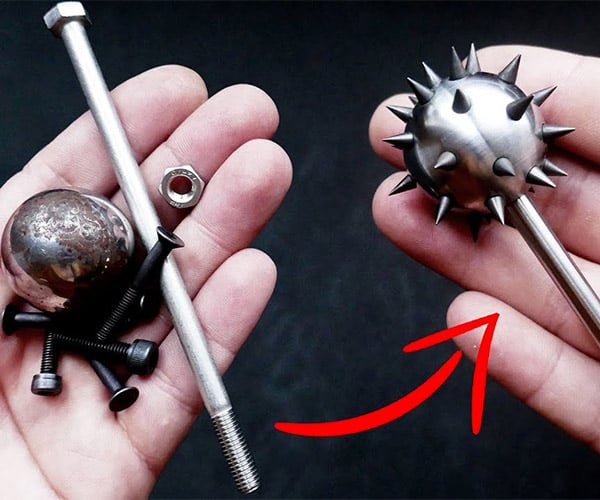Choose a fitting website, but go further to make it unique by customizing it: Changing colours, buttons and fonts, and moving page elements with the drag & drop editor. Choose a quality and dependable web host When setting up a website, one of the most important decisions you will have to make is your choice of web host for your site.
- Making Your Website Fresh Polished And Appealing For A
- Making Your Website Fresh Polished And Appealing People
- Making Your Website Fresh Polished And Appealing Water
- Making Your Website Fresh Polished And Appealing Skin
In order to captivate the attention of online visitors – especially the ones who are returning and expecting more – you should create a website that is not only pleasing to the eyes, but is also full of information that they need. If you want to make your website fresh like the morning dew, here are some tips to freshen up your pages: 1. How to create a website with GoDaddy ’s Website Builder: Create a GoDaddy account. Pick a design and use the drag-and-drop editor to add your own images and text or create a contact form. You can make your website as simple or complex as you’d like. Publish your website. Expand your website as you grow.
Never underestimate the importance of a visually attractive website. With the attention span of internet users growing shorter and shorter, you need every possible advantage for maintaining their interest. The first step to making this happen is to engage them with a website that is both appealing to the eyes and contains useful and informative content.
If you follow these important steps for making your website more engaging to visitors, they can be of great service to the development of your internet brand.
Stick With a Modern Website Design
It’s hard to overemphasize just how important it is to have a professional looking website that is both modern and visually appealing. Your site should look as different from this monstrosity as possible.
A professional website often gives the visitor different images to look at, but everything is organized and serves a purpose.
To illustrate, observe this concrete company’s website. The High Concrete website is very organized while offering a great deal of content. All relevant information such as what the company’s product is and how to learn more information is readily available. There’s nothing confusing about navigation and the website has a modern appeal.
The best way to get a more professional and modern design is to get professional consultation and if necessary, to hire a company or individual that specializes with building company websites.
Use Images Sensibly
It’s true that images are one of the easiest ways to attract the attention of visitors, however it’s easy to abuse the use of images by misusing them.
You must be careful to ensure that images do not overwhelm the visitor. For an example of how to do this well, see the Cleveland Brothers construction equipment website.
The image slider automatically changes the main image every several seconds to communicate different information. There are image text links as well as images that give the visitor a clear understanding of what products and services are available.
It’s not enough to simply add a single main image and hope the visitor understands what you’re trying to say. If your images do not clearly communicate what your brand is about, they serve no purpose and will actually detract from your website.
Make Good Use of Color
If your company has a logo featuring colors other than black and white, there is no logical reason to use a color scheme that differs from those colors already associated with your company.

It’s fine to add a few accent colors for variety but make sure you stick to the main colors of your logo and brand. Those logo colors are what visitors will associate with your company.
Break Up Text into Sections and Paragraphs
See this link for a great example of a “wall of text” versus the decision to break up textual information.
No matter how important your product is or the information you wish to share might be, the average visitor will simply not elect to read through a “wall of text” to get to the information. Individuals are most likely to glean information by skimming over bolded section headings and words in order to come away with the gist of the points made.
As such you want to use section headings that concisely state what the point of that particular section of text is. You want to bold any information you want visitors to read, and even links can help break up visual monotony.
Try to keep paragraphs short, no longer than a few sentences. And if you have a great deal of information to share about a particular product or idea, consider giving that section its own page on your website.
Here’s another picture of Cleveland Brother’s website of how to break up text correctly.

Make Sure Your Website Is “Social Media Friendly” And Shareable
It’s not enough to have an email and phone number in the 21st century. Your company should be “likeable” on Facebook. Your website should be something visitors can tweet to others. You may even benefit from having a Pinterest page.
In other words, you should magnify the visibility and reach of your website through participation in social media sites such as Facebook and Twitter. This can be great for “word of mouth” advertising and helping customers feel that they have a wider variety of options for communicating with your company directly.
Creating an engaging website ultimately comes down to effort and a willingness to pay attention to ongoing web design trends. While content over visual appeal may have been the standard at one point, this is no longer the case. No matter how useful or needed your product or service, a website that is poorly designed, features walls of text and an unappealing color scheme will simply fail to attract and maintain visitor attention. It’s a waste of time and energy to create website if you aren’t doing everything possible to make it stand out. This includes an active presence on social media websites. Taking these five tips into consideration will help ensure you have a website that engages visitors and encourages them to pass along your webpage link to other interested parties.
Composting Resources
Compost is organic material that can be added to soil to help plants grow. Food scraps and yard waste together currently make up more than 30 percent of what we throw away, and could be composted instead. Making compost keeps these materials out of landfills where they take up space and release methane, a potent greenhouse gas.
On this page:
Composting Basics
All composting requires three basic ingredients:
- Browns - This includes materials such as dead leaves, branches, and twigs.
Helpful Link
- Greens - This includes materials such as grass clippings, vegetable waste, fruit scraps, and coffee grounds.
- Water - Having the right amount of water, greens, and browns is important for compost development.
Your compost pile should have an equal amount of browns to greens. You should also alternate layers of organic materials of different-sized particles. The brown materials provide carbon for your compost, the green materials provide nitrogen, and the water provides moisture to help break down the organic matter.
What To Compost
- Fruits and vegetables
- Eggshells
- Coffee grounds and filters
- Tea bags
- Nut shells
- Shredded newspaper
- Cardboard
- Paper
- Yard trimmings
- Grass clippings
- Houseplants
- Hay and straw
- Leaves
- Sawdust
- Wood chips
- Cotton and Wool Rags
- Dryer and vacuum cleaner lint
- Hair and fur
- Fireplace ashes
Making Your Website Fresh Polished And Appealing For A
What Not To Compost and Why
- Black walnut tree leaves or twigs
- Releases substances that might be harmful to plants - Coal or charcoal ash
- Might contain substances harmful to plants - Dairy products (e.g., butter, milk, sour cream, yogurt) and eggs*
- Create odor problems and attract pests such as rodents and flies - Diseased or insect-ridden plants
- Diseases or insects might survive and be transferred back to other plants - Fats, grease, lard, or oils*
- Create odor problems and attract pests such as rodents and flies - Meat or fish bones and scraps*
- Create odor problems and attract pests such as rodents and flies - Pet wastes (e.g., dog or cat feces, soiled cat litter)*
- Might contain parasites, bacteria, germs, pathogens, and viruses harmful to humans - Yard trimmings treated with chemical pesticides
- Might kill beneficial composting organisms* Check with your local composting or recycling coordinator to see if these organics are accepted by your community curbside or drop-off composting program.
Benefits of Composting
Making Your Website Fresh Polished And Appealing People
- Enriches soil, helping retain moisture and suppress plant diseases and pests.
- Reduces the need for chemical fertilizers.
- Encourages the production of beneficial bacteria and fungi that break down organic matter to create humus, a rich nutrient-filled material.
- Reduces methane emissions from landfills and lowers your carbon footprint.
How to Compost at Home
There are many different ways to make a compost pile; we have provided the following for general reference. Helpful tools include pitchforks, square-point shovels or machetes, and water hoses with a spray head. Regular mixing or turning of the compost and some water will help maintain the compost.
Making Your Website Fresh Polished And Appealing Water
Backyard Composting
Making Your Website Fresh Polished And Appealing Skin
- Select a dry, shady spot near a water source for your compost pile or bin.
- Add brown and green materials as they are collected, making sure larger pieces are chopped or shredded.
- Moisten dry materials as they are added.

- Once your compost pile is established, mix grass clippings and green waste into the pile and bury fruit and vegetable waste under 10 inches of compost material.

- Optional: Cover top of compost with a tarp to keep it moist. When the material at the bottom is dark and rich in color, your compost is ready to use. This usually takes anywhere between two months to two years.
Indoor Composting
How to Build a Worm Composting Bin
If you do not have space for an outdoor compost pile, you can compost materials indoors using a special type of bin, which you can buy at a local hardware store, gardening supplies store, or make yourself. Remember to tend your pile and keep track of what you throw in. A properly managed compost bin will not attract pests or rodents and will not smell bad. Your compost should be ready in two to five weeks.
